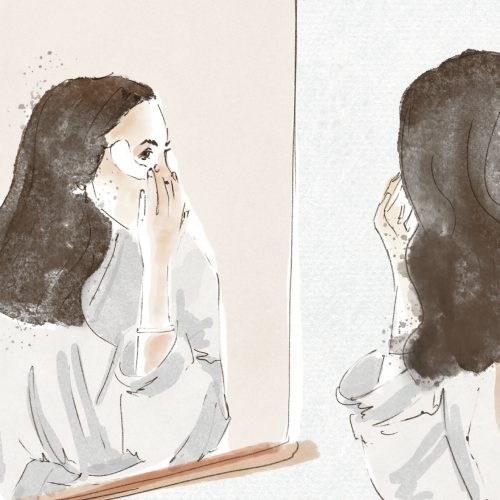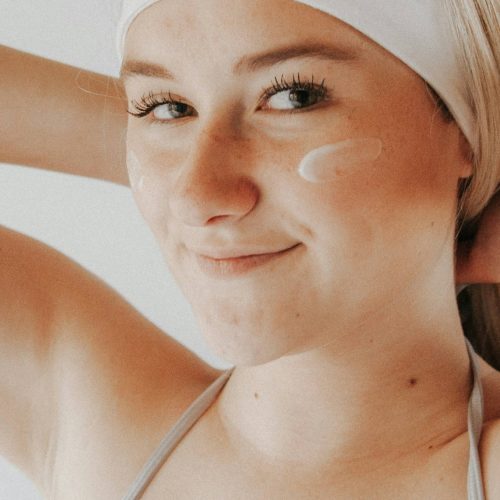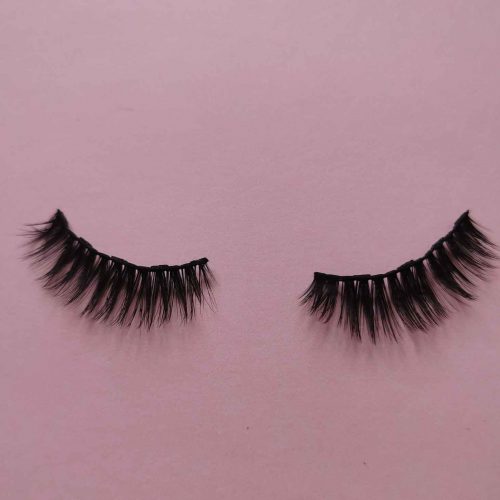Sunning Safely
Exposure to sunlight is essential for health and wellbeing, but too much sunlight poses health risks. Sunlight is needed to produce vitamin D in the body and, as well as being associated with positive mood, encourages people to spend more time outdoors being active. However, excess sunlight exposure can result in sunburn, sunstroke, skin cancer, eye damage and changes in your skin including skin aging and moles. So it is good to know more about sunning safely.
Your ability to produce vitamin D from sunlight and your risk of sun damage depend on where you live in relation to the equator, the time of day, your skin colour, how much of your skin is exposed to sunlight and your sunscreen. Sunning safely involves balancing your exposure to sunlight so that you absorb enough to produce a sufficient amount of vitamin D but not so much that would harm your skin cells.
Upon exposure to sunlight, the ultraviolet B rays strike cholesterol present in your skin cells, generating energy which drives the synthesis of vitamin D. Vitamin D has a variety of roles in the body including controlling the absorption of the minerals calcium and phosphorus. Calcium and phosphorus keep your bones strong and healthy, and therefore low vitamin D levels are associated with osteoporosis. In addition, insufficient vitamin D intake is linked to muscle weakness, cancer and depression. It is difficult to obtain enough vitamin D from your diet alone, as few foods contain significant amounts, so exposure to sunlight is crucial.
The further you live from the equator, the less vitamin D you produce, as more of the sun’s rays are absorbed by the ozone layer. Therefore, you should expose your skin to sunlight for a longer period of time and ensure you optimise your intake of dietary sources of vitamin D. The sun’s rays are most intense at midday, making this the most efficient time for vitamin D production but also the most dangerous due to the high risk of sun damage. Therefore, it is safer to spend this time well covered and protected in the shade.
If you have light skin, exposing your arms and legs for 10 to 30 minutes three times a week should allow for sufficient vitamin D production, whilst those of you with darker skin will require longer.
The darker your skin the more melanin your skin cells contain and the larger and darker the melanin pigments are. Melanin protects the skin against damage caused by excess sunlight exposure by absorbing the sun’s ultraviolet rays. Darker-skinned people are therefore required to spend more time exposed to sunlight than lighter-skinned people in order to produce the same amount of vitamin D. The more skin you expose, the more of the sun ray’s you absorb and the more vitamin D you produce.
Wearing sunglasses and a hat to protect your eyes and face won’t significantly affect your absorption of sunlight as your head only contains a small proportion of your skin’s surface area.

Sunscreen protection
Sunscreen protects your skin from ultraviolet rays that can be harmful to your skin cells. However, as ultraviolet B rays are used to produce vitamin D, sunscreen reduces the rate of vitamin D production. In summer, as you are generally exposed to sunlight for a longer period of time, the use of sunscreen is not believed to significantly affect your vitamin D levels. Sunscreen is highly recommended to prevent sun damage when you spend a prolonged period of time in the sun. At times of year when you have very limited exposure to sunlight, to promote vitamin D production without causing sun damage you should still apply sunscreen after a maximum of 10 to 30 minutes of sunlight exposure. When sunlight is more prevalent, sunscreen should be applied liberally and frequently to all exposed skin, using approximately two tablespoons if you are wearing a swimming costume or two teaspoons if you only need to apply it to your head, arms and neck.
Make sure to reapply even “water-resistant” sunscreens if your skin becomes wet from water or sweat. Always use a sunscreen with at least SPF15 and four-star UVA protection and protect your eyes with sunglasses with the CE Mark and European Standard EN 1836:2005. A wide-brimmed hat and clothing made from close-weave fabrics will also provide protection from the sun.
An important thing to note is that if you have pale or light skin, freckles, red or fair hair, many moles, skin problems or a family history of skin cancer you should be extra careful in the sun as these factors increase the risk of skin cancer. Ensure you check your skin regularly to keep track of any irregularities such as new growths or changes in existing moles and freckles. By adhering to the rules of regularly applying sunscreen, covering up when you are in the sun for a prolonged period of time and residing in the shade when the sun is at its strongest point you can enjoy being outdoors this Summer without causing damage to your skin.

+ Words: Yasmin Razzaque
Yasmin Razzaque is a Biochemistry graduate with a keen interest in health and nutrition. She uses her scientific knowledge and ability to critically analyse research to write articles about healthy and sustainable eating and wellbeing.
Instagram: @yasminsophiya




